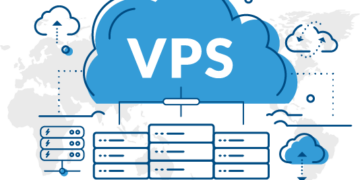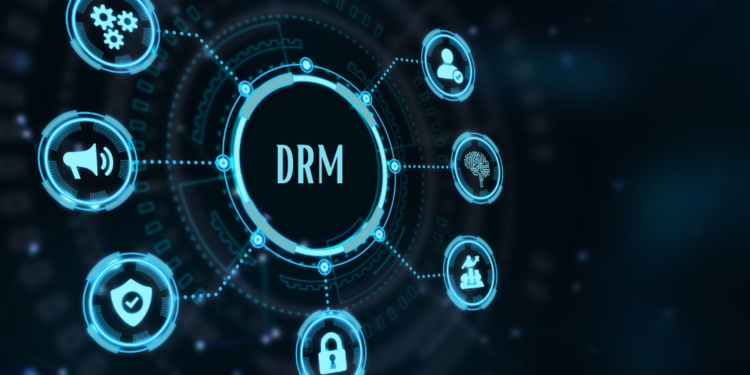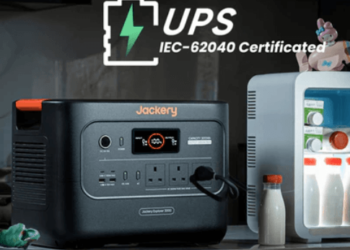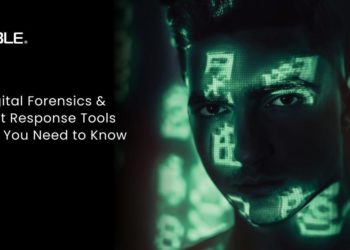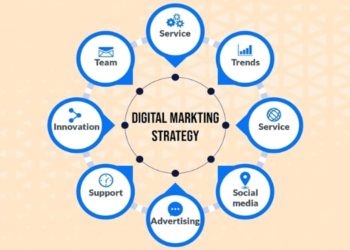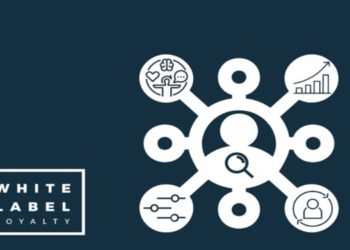In the age of digital education, LMS websites have become the foundation of online learning. From universities and coaching institutes to corporate training providers and edtech startups, Learning Management Systems are the go-to platforms for delivering structured learning. But as video content becomes the centerpiece of learning, it also becomes a high-value target for piracy and unauthorized sharing. That’s where DRM content protection becomes essential.
Whether you’re offering paid courses or internal employee training, DRM (Digital Rights Management) can protect your intellectual property, ensure only authorized learners access your content, and maintain your brand’s credibility in a competitive education market.
The Growing Importance of Video on LMS Websites
LMS websites today rely heavily on video to deliver lessons, walkthroughs, presentations, assessments, and demonstrations. Videos are engaging, effective, and allow self-paced learning. However, this popularity also brings risk.
Without adequate protection, course videos can be:
- Downloaded using browser extensions or sniffers
- Shared illegally outside the LMS platform
- Screen-recorded and redistributed on torrents or YouTube
- Accessed by non-paying users through shared credentials
These actions directly impact your revenue and dilute your course’s perceived value.
What Is DRM Content Protection?
DRM content protection refers to the use of encryption, license-based access control, and playback restrictions to prevent unauthorized use of digital media — in this case, video. DRM ensures that only verified users within your LMS environment can decrypt and view the content.
A DRM system works by:
- Encrypting the video during upload or streaming
- Delivering a license to the video player only after authentication
- Controlling playback with device, session, or time restrictions
- Preventing downloads, screen captures (on supported devices), and unauthorized embedding
This method of protection ensures that your course content is only viewable in the secure context of your LMS platform.
Why LMS Websites Need DRM Content Protection
Using DRM protection on your LMS videos adds a crucial layer of security that generic video hosting services often lack. Here’s why it’s particularly vital for LMS-based learning:
1. Protect Paid Course Material
Students paying for premium content expect exclusivity. DRM ensures that your materials can’t be easily stolen or shared, preserving the value of your offering.
2. Restrict Access Based on Roles
You may want to restrict certain videos to enrolled students, specific user roles, or organizational groups. DRM allows license-based control, so only eligible users can view specific content.
3. Comply With Licensing Agreements
If your course includes licensed third-party materials (e.g., textbooks, video libraries), DRM helps you meet contractual requirements for protected playback.
4. Prevent Revenue Leakage
Unauthorized access means fewer paying customers. DRM drastically reduces the risk of video piracy, especially when combined with watermarking and session control.
How to Implement DRM on LMS Websites
To integrate DRM content protection on your LMS website, follow these steps:
Choose a Secure Video Hosting Provider
Select a platform that supports DRM encryption and integrates with your LMS via plugins, API, or embed codes.
Upload Your Course Videos
Your content should be uploaded directly to the secure hosting platform, not stored as downloadable files within your LMS media library.
Enable DRM and Watermarking
Activate license-based playback restrictions, watermarking, and domain protection to prevent sharing or unauthorized embedding.
Embed or Integrate in LMS Modules
Use shortcodes, iframe embeds, or LMS plugins to place the protected video within course modules, quizzes, or lesson pages.
Track and Monitor Playback
Use analytics dashboards to monitor user access, playback behaviors, and suspicious activity such as repeated login attempts or simultaneous sessions.
VdoCipher: DRM Protection Built for LMS Websites
Platforms like VdoCipher are built specifically for secure video delivery on LMS websites. With Hollywood-grade DRM, dynamic watermarking, device restriction, and seamless LMS integration, VdoCipher offers content creators and educators the tools to confidently protect their educational videos.
Whether you’re using Moodle, LearnDash, Teachable, or a custom-built LMS, you can integrate secure video hosting and ensure your content is not only delivered smoothly but also protected end-to-end.
LMS websites are the backbone of modern education and video is their most powerful asset. But without DRM content protection, even the most well-designed course is vulnerable to piracy, leaks, and revenue loss.





